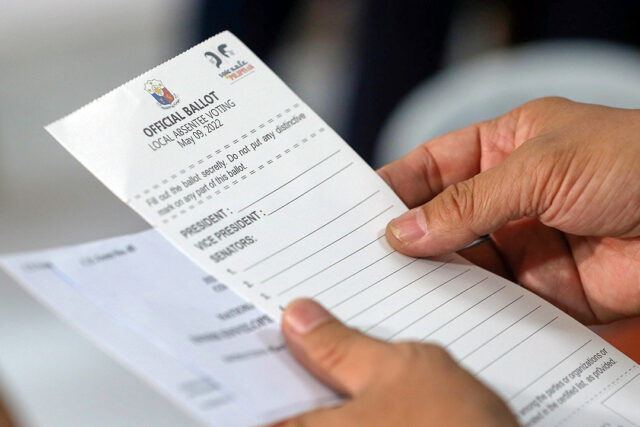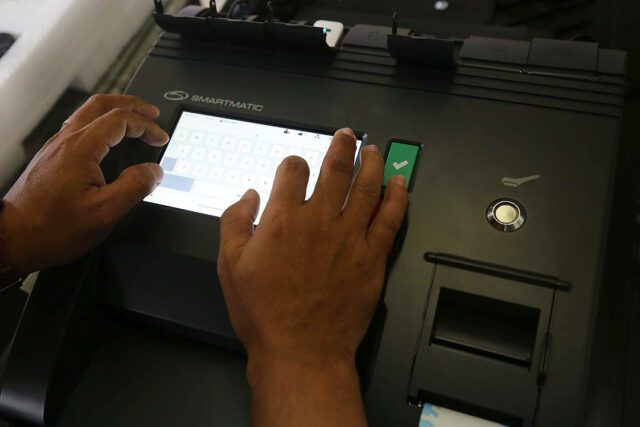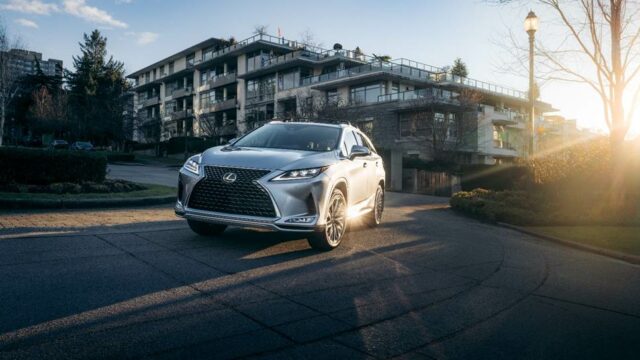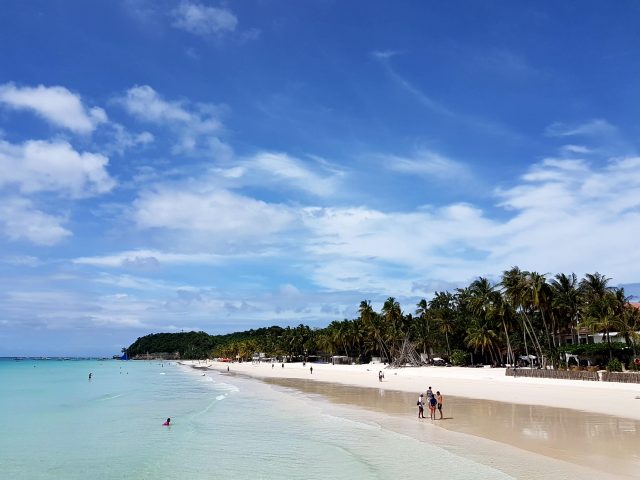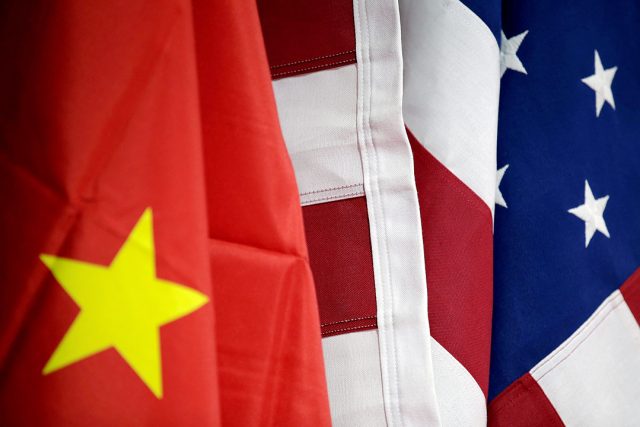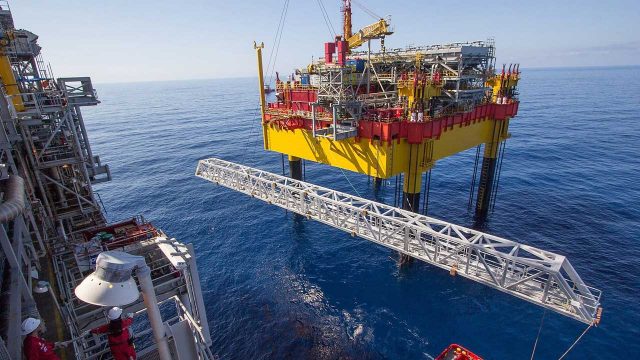The Philippines votes Right
Many analysts and pundits got this election wrong.
First, they were analyzing the candidates and the election using the lens of morality and values. In other words, this election was a fight between “good” and “evil,” with one side reportedly the evil empire and the other, righteous rebels. This was also supposed to be a fight between honesty and good governance vs corruption.
Or, they try to explain the people’s vote as some kind of amnesia because the voters were not educated on the horrors of martial law.
Second, they confused technology with politics, i.e., they said that one side was a master of social media and that’s why one side won. The voters — the “bobotantes” — were a gullible mass, easily manipulated by Tiktok or Facebook posts. They ascribed no human agency to the voters, i.e., they were just mechanistic devices manipulated by social and mass media. Perhaps, it’s a reflection of so-called analysts’ elitist (matapobre) views of the great majority.
What is striking in the analyses, even by so-called political analysts, is the absence of politics, i.e., the people’s vote does not reflect a political viewpoint or political vision.
I contend, however, that this election has shown us that the Philippine electorate has shifted definitively to the Right. For this, blame Duterte.
Here, in the Philippines, we normally don’t ascribe political forces as Right or Left, other than to the Makabayan Bloc, which is only a marginal political player due to the absence of ideological, programmatic political parties. Most candidates are populists, catering to the broad masses with simplistic appeals.
In my view, Duterte has changed that. He represents the Right. Why is that?
He represents Fiscal Conservatism. Despite his populist rhetoric, Duterte is fiscally conservative, shown by the tightfistedness of his Finance Secretary, Sonny Dominguez. His administration increased revenue collection and was very prudent in expenditures, leading to an improvement in the country’s credit rating. Even during the height of the pandemic, while other countries like the US and Japan busted budgets, the administration’s COVID expenditures were relatively modest as a percentage of GDP.
He represents Law and Order. He won the presidency in 2016 as a tough, no-nonsense former City Mayor promising to make war on criminals and drug addicts. He has delivered on his promise with a harsh crackdown that critics say was characterized by human rights abuses.
While President Duterte won with some assistance from the communist Left and briefly flirted with them by appointing them to Cabinet positions, he has turned fiercely anti-communist. His administration has passed an anti-Terrorism law and created a National Task Force to End Local Communist Armed Conflict (NTF-ELCAC) with a well-funded program to eliminate the communist insurgency.
He’s Pro-Business and has cut taxes. While Duterte appeared populist and anti-business in the 2016 elections, his actions speak otherwise. He listened to the concerns of Business and vetoed the End ENDO (End of Contract) bill. Through the CREATE (Corporate Recovery and Tax Incentives for Enterprises Act) law, his administration has cut taxes for businesses, from 30% to 25% for big corporations and down to 20% for MSMEs, giving a windfall to Business. His administration has passed many pro-business laws, such as the Ease of Doing Business Act, Amendments to the Corporation Code, Real Estate Investment Trust Revised IRR, an EO liberalizing satellite internet, the Personal Property Act, lifting the mining permit and open-pit mining ban, etc.
He has adopted liberal, pro-growth policies. His administration dismantled the NFA (National Food Authority) rice import monopoly — which no administration before him dared to do — and liberalized rice importation through the Rice Tariffication Act. Rice prices stabilized and he became more popular than ever, to the consternation of protectionists, leftists, and populists.
He lifted the ban on the issuance of mining permits and reversed the Gina Lopez-initiated open-pit mining ban. He has liberalized foreign investments through the three laws, namely, the Retail Trade Liberalization Law, the Amendments to the Foreign Investment Act, and the Public Service Act (PSA) Amendments. In particular, the PSA Amendment is historic because it removed foreign ownership restrictions in transport and telecommunications, which had been in place since 1935, while safeguarding national security. It will usher in competition in industries presently dominated by monopolists and duopolists — a very liberal (even Teddy Roosevelt-like) act.
Despite the Duterte administration’s pro-business policies, his administration has passed the most social legislation of any President: the Universal Health Care Law, the Institutionalization of the Conditional Cash Transfer, the Mental Health Care Act, the 1,000 Day Law (for newborns), and the 150-day Maternity Leave Law.
In foreign policy, Duterte is labeled as pro-China but he’s more pragmatic than ideological. The fact of the matter is that he renewed the VFA or Visiting Forces Agreement with the United States. In the recent voting to eject Russia from the Human Rights Council in the United Nations, the Philippines was one of the few Asian countries which voted “yes,” in alignment with the United States and other Western countries. Other countries like Singapore, Thailand, and Indonesia abstained while Vietnam sided with Russia and voted “no.”
We can therefore sum up Dutertismo as Rightist: Pro-business, Anti-Communist, Pro-Law and Order, Liberal and Pro-growth economic Policies with social inclusion, and Pragmatic Foreign Policy.
In surveys showing that President Duterte remains overwhelmingly popular with high approval ratings (almost 80%) and in the overwhelming electoral mandate given to the Marcos-Duterte tandem, the Filipino voters have moved solidly Right and are giving their nod to the Rightist direction of the country.
The victory of Ferdinand Marcos, Jr. (BBM) must, therefore, be seen not through the lens of the 1970s. It doesn’t represent historical amnesia but a vote today, 34 years after the Yellow revolution. On the contrary, the BBM-Duterte tandem must be seen as an extension of Dutertismo and the fusion (the Unity, which is the theme of the BBM campaign) of Rightist forces in the country.
The one area where Marcos-Duterte can’t be called Rightist is on the issue of divorce and abortion. BBM has expressed support for divorce and selected cases of abortion. Again, the political alliances explain this stance with the Yellow forces allied with the Catholic Church and therefore opposed while the Red forces are allied with non-Catholic religious groups and in favor.
Even if President Duterte had not openly endorsed BBM, the BBM-Sara team must be seen in the context of Dutertismo. BBM failed to win over Leni Robredo for VP in 2016 but his partnership with Sara Duterte catapulted him in the 2022 polls. Duterte’s party, the PDP-Laban, also endorsed BBM-Duterte. For the very first time, the voters have elected a President and Vice-President from the same team, clearly seeing them as one. Remarkably, both garnered almost the same number of votes, so voters saw them as a team.
The victory is also the culmination of the anti-Yellow counter-revolution started by Duterte. Who represents anti-Yellowism more than Marcos?
Interestingly, the BBM-Duterte team doesn’t have leftists in its alliance, unlike Duterte in his 2016 campaign, and therefore, may not have the baggage of leftist policies in mining, social welfare, and land reform that Duterte had in the early years of his administration.
As for the opposition, it is not Left in contrast to the Marcos-Duterte Right. It’s more precisely Yellow (not Pink), representing the old alliance of anti-Marcos oligarchs, Catholic Church hierarchy, hard leftist and left-of-center forces, and middle-class elements that toppled Marcos in the People Power Revolution. It ran a values-based campaign, anchored on “honesty,” “human rights,” and “good governance.” However, the voters showed that those issues are irrelevant to their lives. Instead, they have judged the Yellow People Power Revolution to have failed and ushered in a Red or Rightist counter-revolution.
The problem of the opposition is that while it takes a liberal stance concerning human rights, it’s illiberal in its economic philosophy. Its foundational ideology is economic protectionism and economic nationalism, reflected in the protectionist 1987 Yellow Constitution with its Filipino First and Filipino Only provisions. (It explains the negative vote of Yellow Senators, Francis Pangilinan and Risa Hontiveros, against the liberal PSA Amendment). Its approach to so-called social justice concerns is heavily statist and emphasizes distribution without increased productivity. This is reflected in the 1987 Comprehensive Agrarian Reform Law, which substituted an inefficient and corrupt government for the landlord, and imposed restrictions on the farmer. The problem is that this law made farmers poorer and the countryside more vulnerable to criminality and drug addiction.
Its foreign policy is strongly pro-American and anti-China. As I mentioned before, this can be traced back to the American support to the Yellow forces for removing Marcos from Malacañang (“cut and cut cleanly,” said US Senator Paul Laxalt) and his exile to Honolulu.
Judging from the results of the election, with the BBM-Duterte tandem getting a majority mandate, the first-ever in the history of Philippine elections, the opposition will be in the political wilderness for some time. The Filipino voters have shifted hard to the Right. So pronounced is this shift that the Left failed to win even in the party-list elections (with the possible exception of the Kabataan party-list with a single representative) which they have traditionally dominated. If BBM lives up to the Rightist promise and delivers a successful presidency, Sara Duterte will become his successor. That will be 12 more years when the opposition will be out of power.
The danger, of course, is that a weak opposition may tempt the ruling power to commit abuses. It’s important, therefore, for the Yellow opposition to do a self-examination and review its alliances and political philosophy, which the Filipino majority have overwhelmingly rejected, to recoup from its political losses.
As for President-elect Ferdinand Marcos, Jr. (BBM), his takeaway should be to continue and extend the Rightist policies of Dutertismo. Reversing the Rice Tariffication Law, a great legacy of President Duterte, for example, would go against the Rightist principles that voters put him in power for.
Instead, he must pursue policies that promote Law and Order, Economic Liberalism, Fiscal Prudence, Pro-Growth and Pro-Business with inclusion, a balanced Foreign Policy, and anti-Communism. That is the key to his success as a president.
Oh, I can already see the objections to this analysis. Unlike in the rest of the world, Filipino voters supposedly don’t think politically that way. They can’t distinguish between Right and Left. What explains their votes is that they are manipulated receptors of social media disinformation. They are “bobo.”
Calixto V. Chikiamco is a member of the board of IDEA (Institute for Development and Econometric Analysis).

